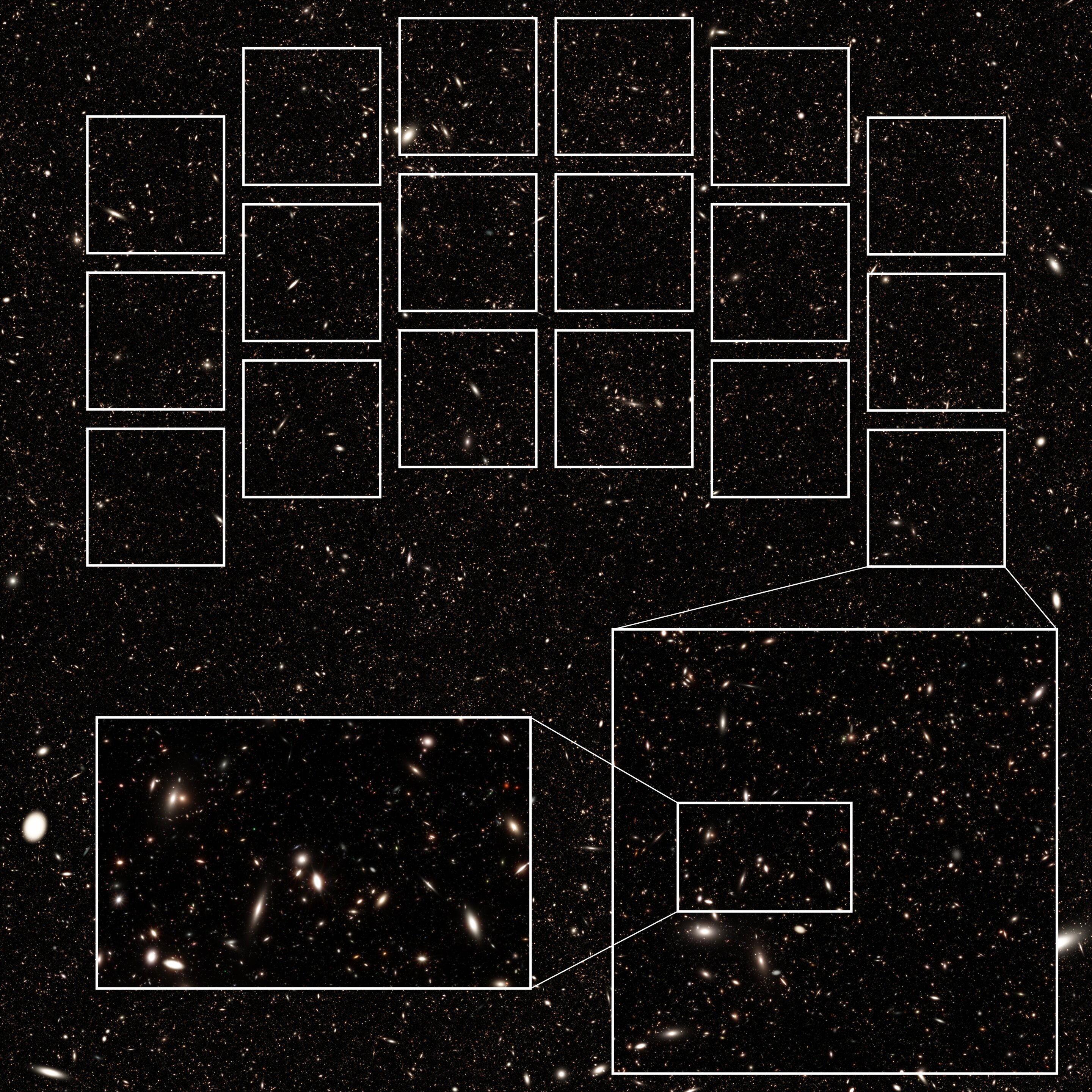View attachment 510057
Will a big-azz rock hit the earth .. again .. one day? yep .. but that ain't today

however, today we will have a "close encounter" with an asteroid. how close? planetary "chin music" distance in cosmic terms .. a mere 1.2 million miles.
Absolutely NO chance of hitting us. But f you had a small telescope, and clear, dark skies, you could see it go whizzing by.
No worries IF you miss it, it'll be be back in a couple hundred years.

(source: https://www.wmur.com/article/close-approach-asteroid-telescope-online/38804330#) A kilometer-wide asteroid is whizzing by Earth on Tuesday, and anyone with a small telescope and access to clear, dark skies may be able to catch a glimpse.
Asteroid 7482 (1994 PC1) will pass within 1.2 million miles of Earth, which is a comfortable distance but still close in astronomical terms. That's about five times the distance from the Earth to the moon.
The asteroid won't hit Earth, and NASA scientists say this is the closest it will come for the next two centuries.
The asteroid will make its closest approach at 4:51 p.m. ET Tuesday.
Amateur astronomers may be able to see the asteroid later at night. The editors of Sky & Telescope magazine have put together an excellent guide to spotting the rock, saying it's possible to see it with a 4-inch telescope, even though the moon will be full.
Anyone who catches sight of the asteroid in a telescope should be able to track its motion in real-time across the sky.
If you don't have access to a telescope and clear skies, or don't want to go outside on a chilly January night, you can also watch the approach online Tuesday afternoon. The Virtual Telescope Project is hosting a livestream starting at 3 p.m.
By the way - where are these space rocks of planet killer size coming from? Between the Kuiper Belt and the Oort Cloud, there are TRILLIONS of candidates .. its just a matter of "time" before one breaks loose and/or gets close enough for us to see it coming.
Stuff is hitting the Earth everyday though .. we've all seen "shooting stars". No need to lose any sleep over it though -- we'll have plenty of notice and maybe even some things to defend ourselves against ELE's one day....




















